|
Unfortunately, Texas Governor Greg Abbott (R) signed the Texas budget passed by the 88th Texas Legislature with largest spending increases, largest corporate welfare increases, and largest social safety net increases without the largest property tax cuts in Texas history. State officials can claim that the budget increases by less than the rate population growth and inflation using the data in the table below by the Legislative Budget Board. But those calculations use fuzzy math as they're based on inflating the 2022-23 base budget of general revenue not dedicated by the constitution and consolidated general revenue with more spending then increasing it by the rate of population growth times inflation of 12.33% (determined by the average of population growth times inflation over the last two years and the upcoming two years) compared with 2024-25 appropriations which will be higher later when the supplemental bill passes. These calculations are then spending-to-appropriations which are like comparing apples with oranges, not appropriate accounting. Even with these calculations, the Legislative Budget Board shows that there is $10.7 billion in tax revenue remaining, $1.6 billion available under the constitutional spending limit using general revenue not dedicated by the constitution, and $11.8 billion available under the 2021 spending limit using consolidate general revenue using general revenue and dedicated general revenue. The charts below are more accurate ways to evaluate the budget growth from an appropriations-to-appropriations approach for an apples-to-apples comparison. Understanding that any growth in the budget means an expansion of government, there are two strong arguments: 1) Freezing the budget in inflation-adjusted per capita terms using the rate of population growth plus inflation (i.e., Conservative Texas Budget and responsible budget approach in other states), which was 16% over the last two fiscal years, is appropriate as it grows slower than the economy over time. This approach excludes $13.3 billion in COVID-related funding in the first biennium and excluding new and old property tax relief amounts of $6.2 billion ($100 million in new relief) in the first period and $17.6 billion ($12.3 billion in new relief and $5.3 billion in old relief) in the second period to not include one-time federal funding and amounts that don't grow government. Using the CTB approach above, here's how the budget has improved since implementation of the CTB started with the 2016-17 budget. This looked much better before the current 2024-25 budget, but the massive growth of the current budget raised the growth of initial appropriations even as the rate of population growth plus inflation rose slightly during the latter five budget period. If the growth of the budget is not controlled, it will soon surpass the rate of population growth plus inflation like it did during the prior six budget periods. 2) Freezing the budget with zero growth as the budget is already too big (i.e., Frozen Budget), including COVID-related funds in the first period and new and old property tax relief amounts in both periods. Both of these approaches show that while the general revenue-related (GRR) funds amount is below the rate of population growth and inflation (either plus or times) for the CTB approach, the broader measures of state funds and all funds that better represent the burden of government spending on taxpayers are well above either metric. And when using the Frozen Budget approach, the only budget amount below either rate of population growth and inflation is federal funds.
In other words, they are using fuzzy math when it comes to the budget and property tax relief. This looks much more like what would be done in California rather than Texas. This is not what Texans want or expect from their elected officials. If this continues, Texas will be California soon. There’s time to turn some of this around with at least passing more for property tax relief that does it correctly (here's why) for everyone through compression of school M&O property taxes on their path to zero. It would be great if they could get to $21B in new relief, which is the $14.2 billion in property tax relief provided in 2008-09 adjusted for inflation, instead of the $12.3B currently discussed but that looks unlikely now so it won’t be the largest property tax relief in Texas history. The red state of Texas must not sit back on its laurels. The populist trend must not continue. Do what's in the best interest for everyone which is limiting or cutting government spending, taxes, and regulations so that there's more freedom for people to do what's in their best interest and let people prosper.
0 Comments
Leave a Reply. |
Vance Ginn, Ph.D.
|

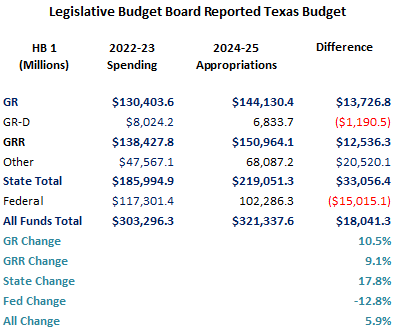
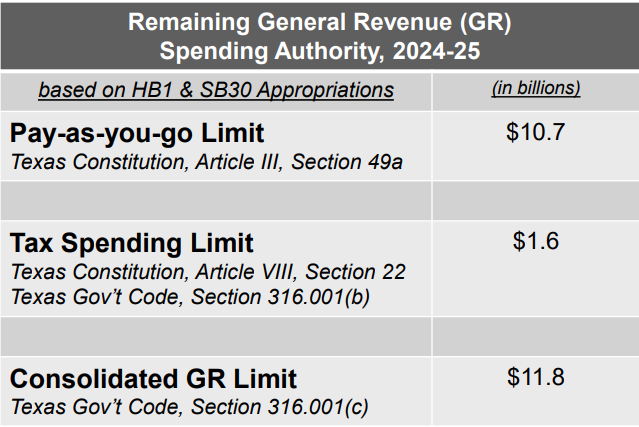
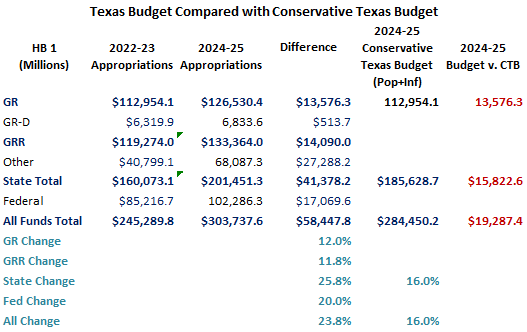
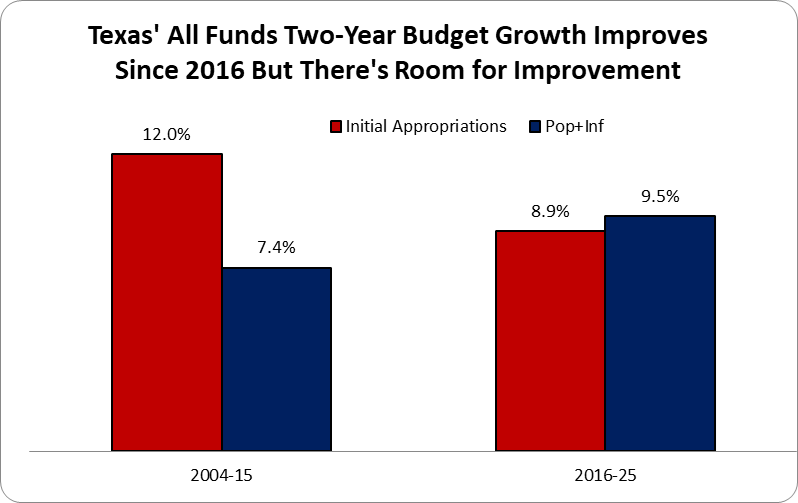
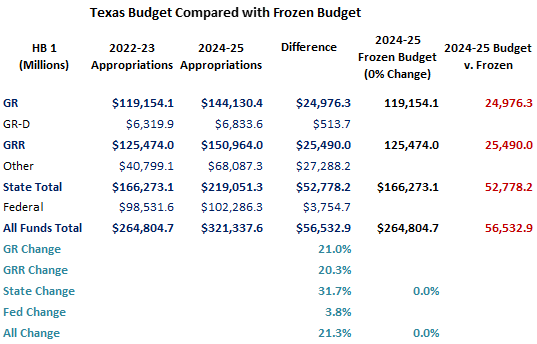

 RSS Feed
RSS Feed